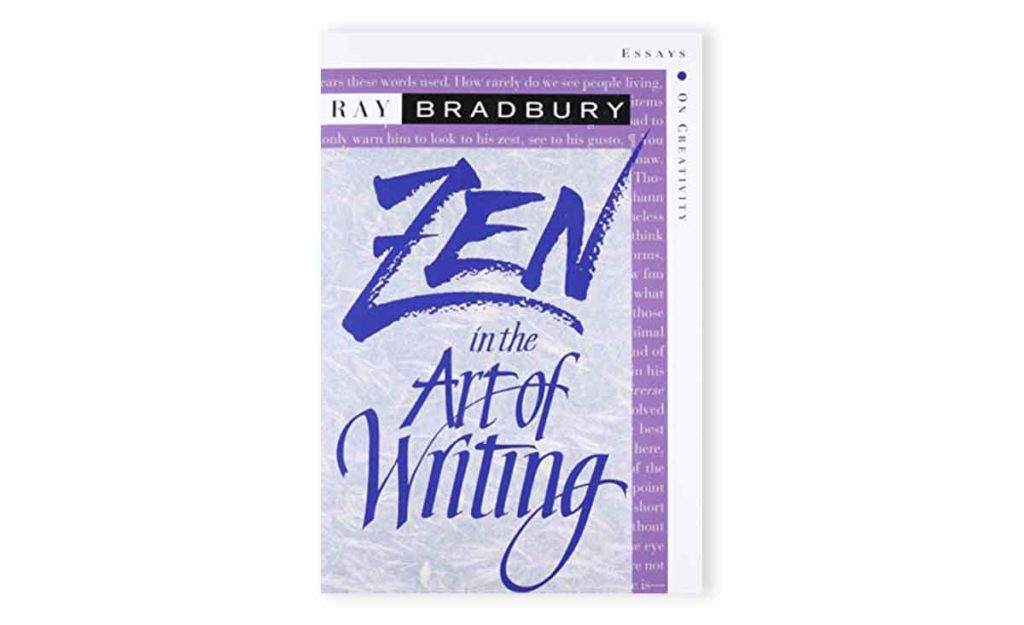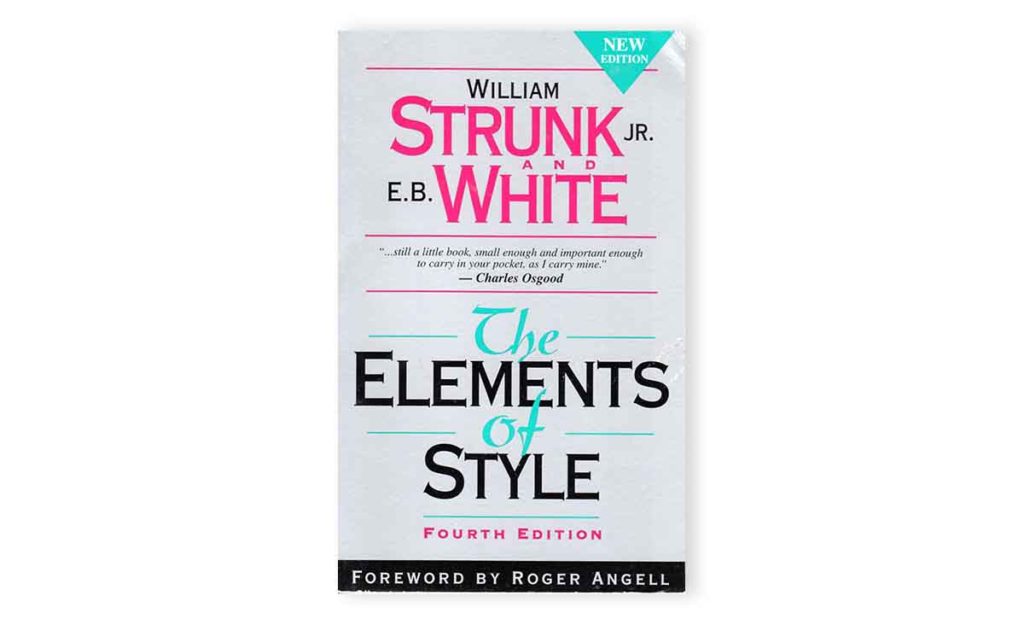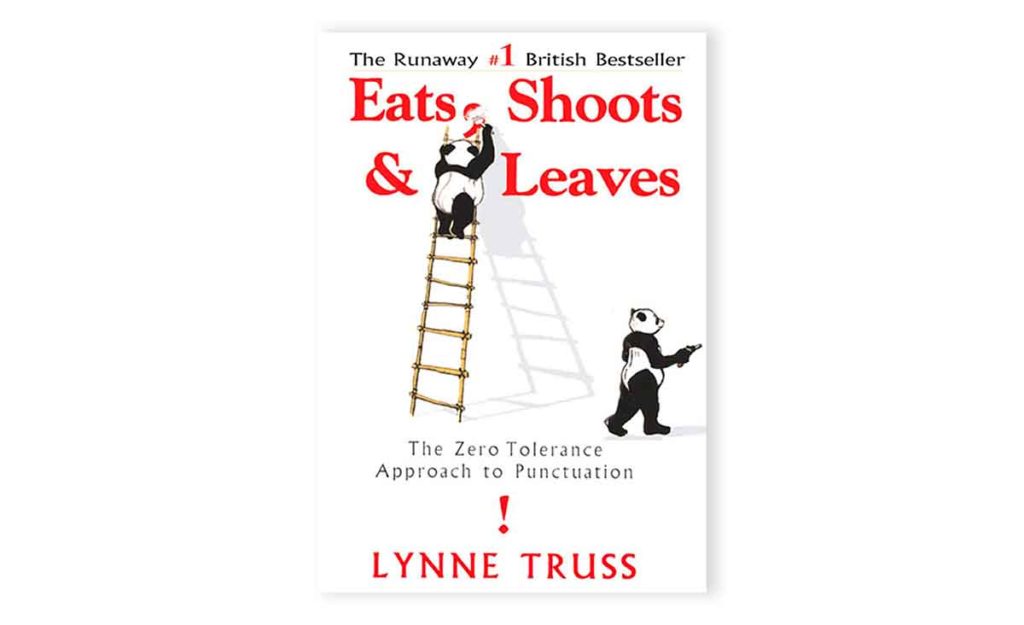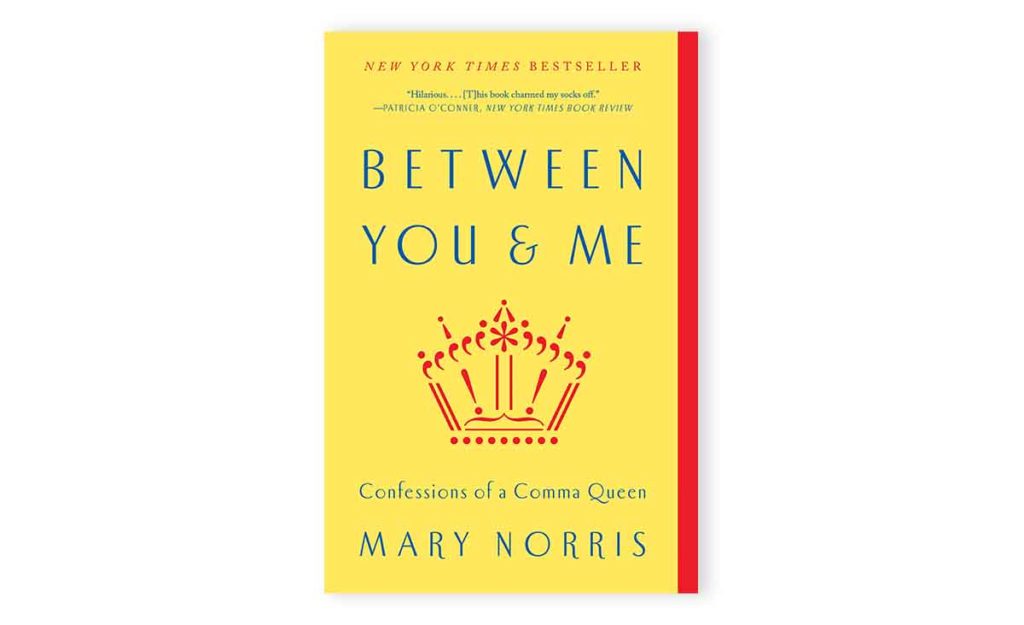6 Books on Writing That Inspire Our Content Creation

Content cannot be created in a void. Everything that’s ever been written is in conversation. Not only is your content driven by competitive analyses, digital trends, testing, and news, but writing itself is a product of other writing that has come before.
Without the inspiration of other writers, we’d be lost. And inspiration can come from unlikely places. Comic strips and horror novels may not have a lot to do with B2B pharmaceutical white papers or custom higher education publications (theoretically), but their writers have helped us hone our craft nonetheless.
In one of the essays cited below from “Zen in the Art of Writing,” American sci-fi god Ray Bradbury writes about gutting a Disney screenplay he wrote from 260 pages down to 120. This is a (ouch) great example of how our process works.
Most of the content creation process happens after your first draft is finished. In other words, most of writing actually isn’t writing — it’s editing. That’s why we think our managing editor model makes for more successful content creation. After it goes through the writer (the expert in the subject matter), the editor (the expert in the brand, strategy, voice, and goals), the strategist (the expert in SEO and amplification), the fact-checker (the expert in truth), and the proofer (see below: Mary Norris), you’re down to your perfect, distilled 120-page, or 12-page, or 1.2-page draft. And there’s definitely something zen about that.
So to share some insight into our creative content inspirations and approach, and at the risk of being too meta, we’re writing about the writing about writing that helps us write. Did that make sense? We’ll have to consult the books.
Here are six of our must reads for content creation.
Related: These publications inspire us when we make your publications.

“Zen in the Art of Writing,” Ray Bradbury
Writers almost always have a love-hate relationship with writing. It’s a rewarding but often painful process. Ray Bradbury illustrates this phenomenon in his infectious essays about the pursuit of passionate writing. In one essay, “Shooting Haiku in a Barrel,” Bradbury describes the extremely relatable agony of killing your darlings when he had to cut his screenplay for Disney’s “Something Wicked This Way Comes” from a 260-page draft down to 120. Oof. It’s still hard for me to think about — but it also gives me courage when I’m looking at the third or fourth draft and committing to making it perfect. He reminds me that great writing comes from those with gusto and love for what they do. After all, we don’t just write for a living; we live to write.
The takeaway: Whenever the Muses are ghosting me, I pick up my Bradbury or another inspiration to relocate my zen, my energy, and my zest for writing. — Patrick Reardon, managing editor

“The Elements of Style,” Strunk and White
For years, “The Elements of Style” has sat on my desk. For over a century (though it’s been updated several times since its publication in 1918), it has been a clear, digestible, and essential style and composition bible for writers. In 2011, Time named it one of the 100 best and most influential nonfiction books written in English. Horror author Stephen King wrote that every aspiring writer should read it. I have to agree. As Strunk famously writes, “Vigorous writing is concise. A sentence should contain no unnecessary words, a paragraph no unnecessary sentences, for the same reason that a drawing should have no unnecessary lines and a machine no unnecessary parts. This requires not that the writer make all his sentences short, or that he avoid all detail and treat his subjects only in outline, but that he make every word tell.”
The takeaway: That mantra has helped me create content that’s persuasive, powerful, and to-the-point. No fluff needed. — Christiana Nielson, managing editor

“On Writing,” Stephen King
Widely agreed to be the most important book on writing, Stephen King’s “On Writing” ventures in intimate, bitesize chunks from the “fogged-out landscape” of his childhood through his life, his craft, his struggles, and his methods — in short, it’s nothing more or less than the story of “how one writer was formed.” That writer just happens to be one of the bestselling and best-loved writers of all time. Because I’m a horror freak and a populist, this book means a lot. Because I’m a grammar freak and I’m always trying to improve, this book gets referenced a lot. There are lots of good writing rules (Don’t “[shoot] the attribution verb full of steroids.” Just write he said, she said.), lots of encouragement (Even Charles Dickens “faced a constant critical attack.”), and lessons in grit and perseverance. I recommend it for anyone who wants to learn anything about writing.
The takeaway: Whether the story is about a telekinetic teenager who kills everyone at prom or cold-chain logistics for cell and gene therapies, the same thing holds true: “Only story is about the story.” The story is what matters. You just need to figure out how to tell it. — Annie Wiles, editorial director
“Scott Adams Says,” Scott Adams
Not technically a book — but workplace comic strip “Dilbert” writer Scott Adams’ blog is one of my most-referenced sources of inspiration. Yes, it’s sardonic quips from a cartoonist. But his is often the voice echoing in my head when I write. In his blog “The Day You Became a Better Writer,” Adams identifies some common writer traps — simple but ubiquitous stuff like extraneous or meaningless words (e.g., interesting and very) and passive voice. I recommend his “Humor Writing Tutorial” to anyone interested in writing better and more effectively — humor is memorable. Memorable is good.
The takeaway: The fundamental lesson of these essays is one we live by: Know your audience. — PR

“Eats, Shoots & Leaves,” Lynne Truss
You’ve heard the one about the panda who has a sandwich, fires a gun, then exits the café. When the waiter asks why, the panda shows him a badly punctuated wildlife manual. Under “panda,” the entry reads, “Eats, shoots and leaves.” There are plenty of other delightful examples in the world of why punctuation is important. Lynne Truss’ book, which started out as a BBC Radio 4 series, is an entertaining defense of punctuation that starts with a dedication to “the striking Bolshevik printers of St Petersburg who, in 1905, demanded to be paid the same rate for punctuation marks as for letters, and thereby directly precipitated the first Russian Revolution” and doesn’t really slow down from there. It’s far from perfect, but it’s an interesting study. Her impetus was the supposed degradation of language through Internet-speak, emails, and texting. As marketers, I think we’re more open to changing with the times — but we’re definitely not ready to throw out our style guides.
The takeaway: Process is important. So was the Russian Revolution. I’m grateful for proofers. — AW

“Between You & Me: Confessions of a Comma Queen,” Mary Norris
There’s no great content without great grammar. That’s why we worship our comma queen, former New Yorker copy editor Mary Norris, who brings us advice with a side of humor. A mix of memoir and manual, “Between You & Me” tells Norris’ improbable tale of 30-plus years in the magazine’s copy department and imparts all her grammar, spelling, punctuation, and usage wisdom. There’s a chapter on dirty words, paragraphs about pencils, and insider info about the famed publication and its mysterious writers. Her entertaining prose about “who vs. whom” and dangling participles inspires us to attain the same royal level of perfection.
The takeaway: Every word and symbol matters, especially when each tells your story and represents your brand. Great content builds trust. But only if it’s grammatically perfect. — CN
Need more tips on content creation? Sign up for our newsletter to get inspiration for your content and marketing efforts.


